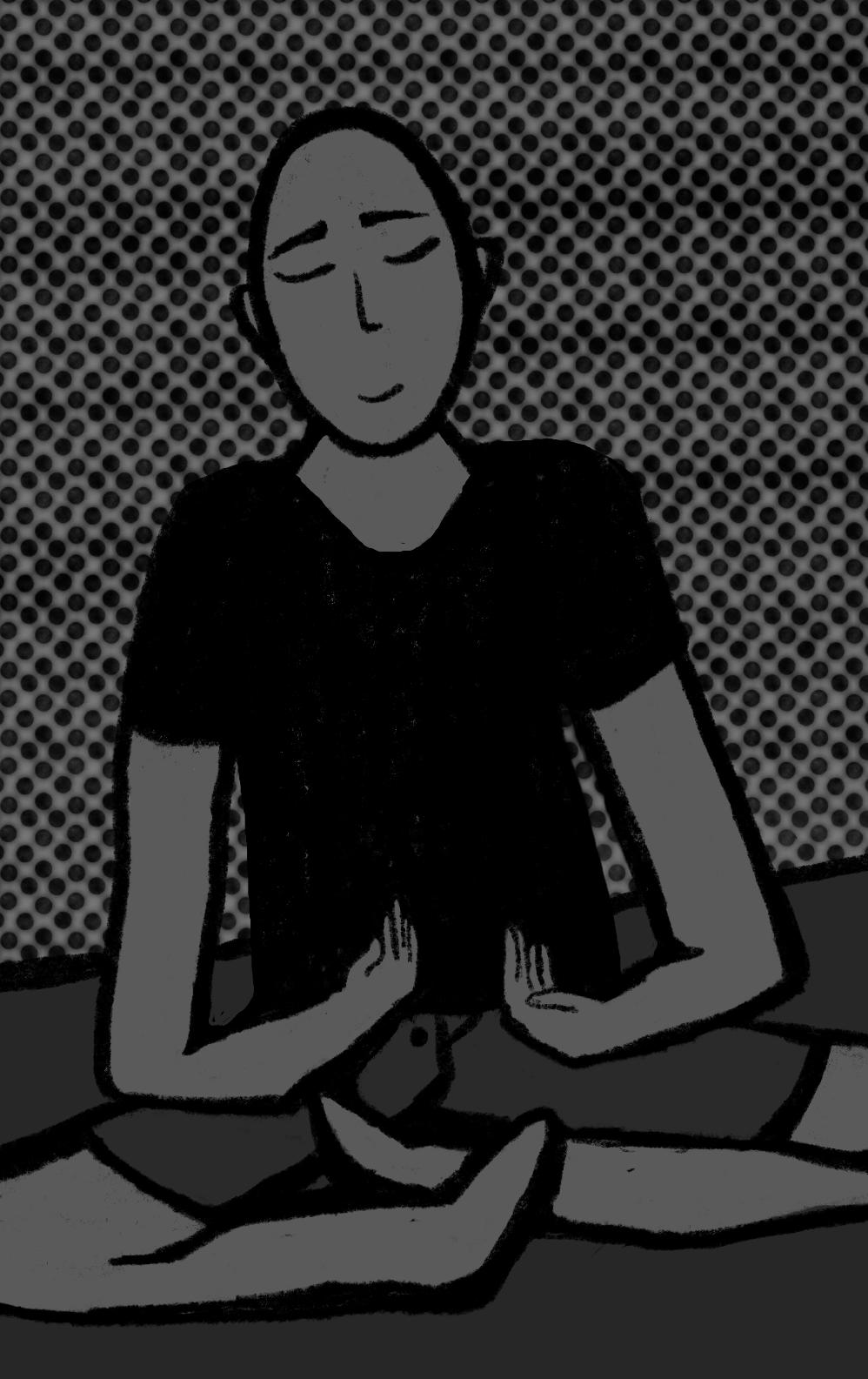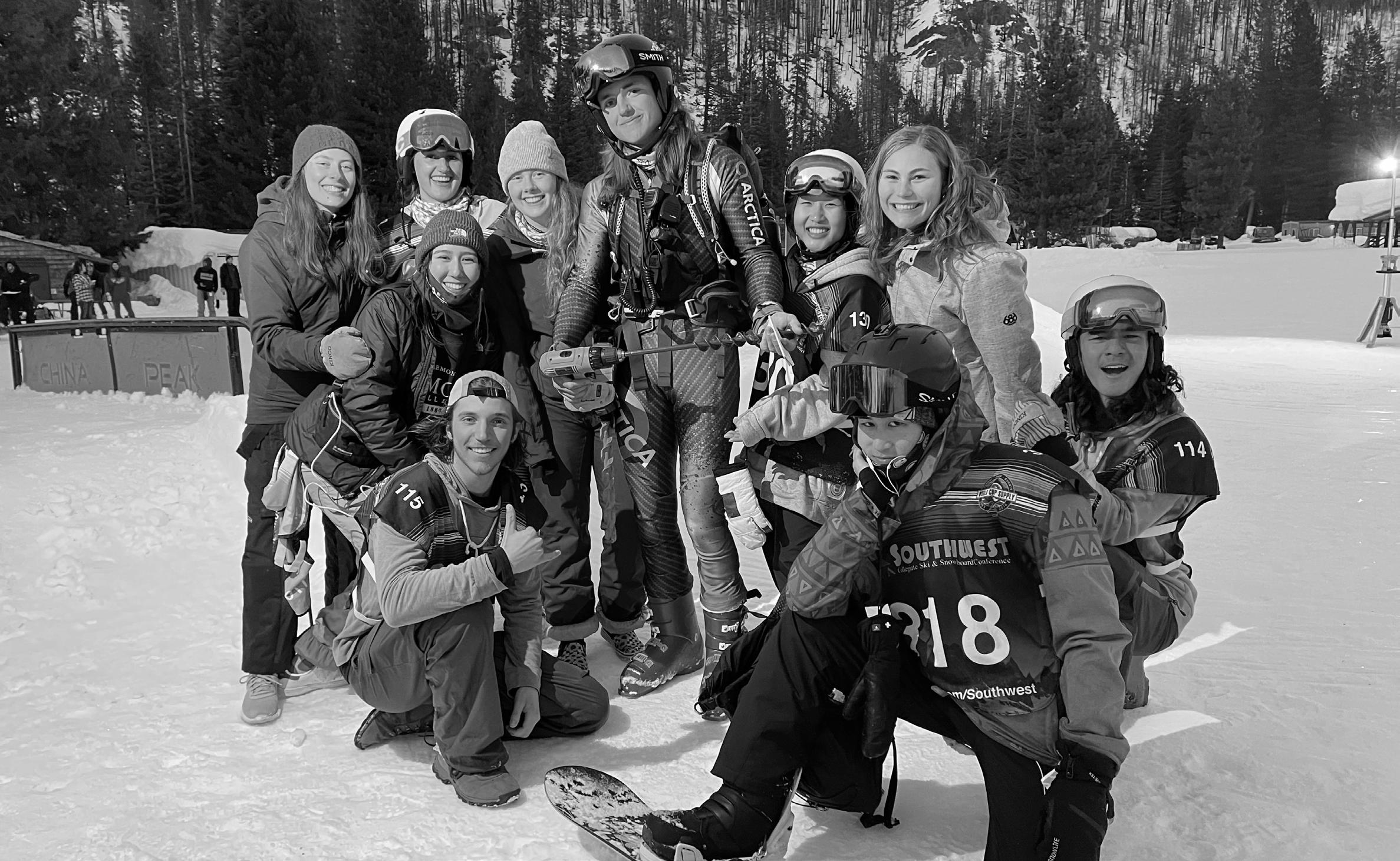
7 minute read
The 5Cs need to teach emotional intelligence
ROWAN GRAY
Break out your tissues, diaries and $15 guided meditation apps — it’s time to talk about emotional intelligence. What is it? Why do you care? And why don’t we have it here?
Advertisement
Emotional intelligence has consistently been proven to be the single, best predictor of leadership ability and team success . The 5Cs bill themselves as places where leaders come to learn these foundational tools. It’s time to teach them.
The term “emotional intelligence” was coined in the ’90s in an obscure psychology journal and popularized by Dan Goleman’s book “Emotional Intelligence.” Simply put, it refers to our ability to understand and control our emotions. For a long time we thought those were unchanging aspects of our personality, but in the last 30 years research has come out showing that we can train it just like any other skill. But emotional intelligence is not just like any other skill. It’s a key predictor of professional success, and dramatically more relevant to how we live our lives.
38. Process with a judge and jury
39. Paramore’s genre
40. Code for a website, perhaps (with elements hidden in ‘perhaps’)
41. Page in a website menu
44. It promotes hubris
45. Singer Smith
47. Collides with head-on
48. Nonsense word
50. Kamala-stanning community
51. Got just ahead of
55. Dust the ___ (add cheese to pasta)
56. Valley with vineyards
57. Obamacare, for short
59. It’s here in France
60. “White Noise” author
DeLillo
61. NYC’s winter setting
62. Org. concerned with substances
LAST WEEK’S ANSWERS
O Ff T H E R Ecord In Out
Liquorland campus security
Twin XLs
Outies
Arnold Palmers
Really small hats
Ice Spice
Sentient AI in the Scott A. McGregor Computer Science Center
CMC Social Life Committee
Campus Security
The Mayflower Compact Innies
Wii Sports Resort
Praxis
The Supreme Court lip plumper
This research has spilled over into the public consciousness— consider how much more mental health is discussed as compared to just ten years ago, let alone pre-pandemic. Mental health and emotional intelligence go hand-in-hand.
Yet, those lifestyle changes aren’t reflected in the classes available to 5C students. A quick survey of the available courses within the student portal reveals a glaringly obvious lack of emphasis on emotional intelligence.
Only two academic courses at the 5Cs even contain ‘emotion’ anywhere in its title: a sociology course called Sociology of Emotions at Pomona College, and a class I’ll get to later. Some physical education courses like mindfulness and yoga offer limited exploration of emotional intelligence, but they’re completely optional and not taken by most students. Even those that are interested may be blocked behind additional charges that complicate access to those courses for low-income students.
In 2019, the Claremont McKenna College administration released the “Campaign for CMC: Responsible Leadership,” stressing the school’s role in creating the “leaders of tomorrow.” The initiative has raised nearly one billion dollars and has received contributions from over 11,000 individuals.
Despite all that money, the course list still doesn’t offer substantial education on emotional intelligence — the skill that has been demonstrated to be the most strongly correlated with leadership success.
Even beyond leadership and teamwork, emotional intelligence is one of the most cross-functional abilities to train. It has been found to be a great predictor of future happiness. This makes a lot of sense — having good emotional intelligence has been shown to improve people’s ability to make good friends and have stable social networks. Commonly taught techniques in emotional intelligence circles like mindfulness practices have been shown to rewire the brain and improve decision-making ability, reduce chronic stress and improve brain health.
The lack of emotional intelligence courses is a clear area of improvement for the 5Cs. New emotional intelligence courses don’t need to be revolutionary — a course I took last semester at Scripps titled “Mindfulness and Emotional Intelligence for Leaders” provides a good starting point for other colleges with its data-centric approach to Emotional Intelligence and Mindfulness.
Emotional intelligence classes need to be widely available, trusted and encouraged. Instead of the current, more reactive approach to mental health, where the 5Cs provide counseling and therapy, we should establish proactive measures to support students’ mental health and encourage learning about emotional intelligence.
This demand is neither abstract nor unimportant — a recent analysis from the Mayo Clinic found that 44 percent of college students suffer from symptoms of depression and anxiety. Even more unnerving, 75 percent of those students are reluctant to seek help; a reflection of our persisting cultural ignorance of mental health and emotional intelligence.
In no other context, do the 5Cs leave such fundamental concepts unquestioned, left to be decided by social influences. We must develop and explore our own emotional intelligence as critically as we explore everything else if we are to use it to help the world.
Rowan Gray CM ’26 is from Sharon, Massachusetts. He wants you to know that all Oxford commas in this piece were violently deleted by his copy editors.
No boots, no skis, no problem: 5C Ski and Snowboard Club creates access at altitude
Promoting an environment of positivity and inclusivity, members of the 5C Ski organization, which includes both the team and the club, are working to break down stereotypes to make this winter sport accessible for everyone.
Growing up skiing, Kirill Myagkov PO ’23 said he was excited to attend a college close to the mountains. Coming into his first year, he sought to find a community of skiers among fellow students but was surprised when he found that the 5Cs lacked a formal team.
“When I came to campus, [skiing] was something that was lacking in my life. My [first] year there was kind of a club that existed, but it was really just a Facebook group … they didn’t have any real institutional resources,” Myagkov said.
Lacking resources and the community he desired, Myagkov said he sought to provide for others the community centered around skiing that he had wanted. Myagkov took over leadership of the club as a first-year and eventually went on to create the current 5C Ski and Snowboard Club.
“At the end of my [first] year I took over as president of the existing organization, but really just founded a completely separate organization … the real emphasis and mission being: let’s create an accessible organization on campus that is going to be able to facilitate memorable experiences — whether or not it be for folks who are interested in recreating or folks who are interested in competing,” Myagkov said.
Since its founding, the organization has amassed over 700 students on its email list. The organization has also evolved to include both the club and a ski team, with opportunities for members to get involved in either or both.
The club hosts two “Beginner Days” in the Big Bear Mountain Resort during the Spring semester where first-time skiers get the opportunity to take introductory ski lessons with instructors at no additional cost. The Club also hosts a trip to Mammoth Mountain during reading days, the week before finals during the fall semester. Current Ski and Snowboard Club and ski team member Carolina Auerbach CM ’26 spoke of the distinction between the club and the team, emphasizing that while people of all skill levels are welcome to join both, the team is a structured entity that entails more involvement and commitment.
“Ski Club is now separate from ski team,” Auerbach said. “Ski Club is more communal and it’s more for everyone. Ski Club is in charge of doing reading days and beginner days. Ski team is a smaller branch and we’re all registered in the league and that is more intensive with twice-aweek training and races most weekends at the first half of the second semester.”
While the organization now has two parts, as a whole it is still centered around its original goal of inclusivity and accessibility for all. Acknowledging that not everyone has the means or resources to be able to participate in these expensive winter sports, Myagkov and the executive board created an accessibility program to provide members with gear and equipment ranging from skis, poles, boots, winter jackets, winter pants, helmets and more that can all be rented free of charge.
“If you want to experience the mountains and winter sports, always reach out to us and that’s with respect to the team or the club. We want to be able to facilitate these experiences for anyone and everyone who is really passionate about sharing these experiences with us,” Myagkov said.
Auerbach spoke on the culture of the organization, emphasizing that its original mission of fostering community and creating opportunity is very much alive today.
“I love that there’s a lot of inclusivity for different athletes, different levels and different experiences,” Auerbach said.
“The stereotype of skiing being a predominantly white sport and it being expensive is very much so true, but I think that we have an incredible executive board and staff … there’s a lot being done to really get everyone up on the mountain. You get people from tons of different backgrounds and we have people from all over the world.”
Summer Ellis CM ’24 said she has had a similar experience. As a new member, joining in the 2022 to 2023 season, she said she found a new community within the ski team.

“Everyone who’s raced before really welcomes people who have never raced and really wants to give you pointers and help you get better,” Ellis said. “We are also just able to have fun and get up to the mountains on a Friday. We do homework together, we ski together, we eat together and I’ve been able to meet so many new people across the 5Cs … it gives you a great opportunity to meet new people.”
With an emphasis on making the sport accessible for all, Ellis said the organization is hoping to further build its team and encourages anyone who is interested in winter sports, regardless of skill level, to join.
“There’s definitely a range of skill levels that compete,” Ellis said. “You can really take it as seriously or relaxed as possible and just have fun with it.”








